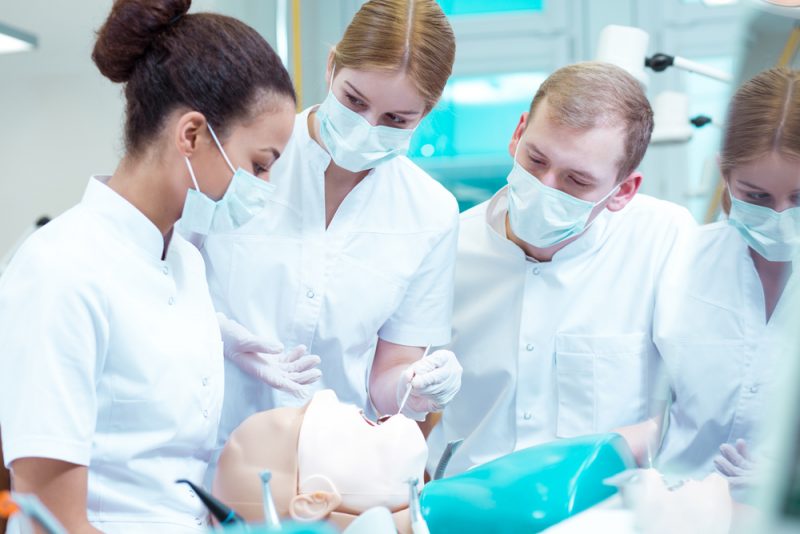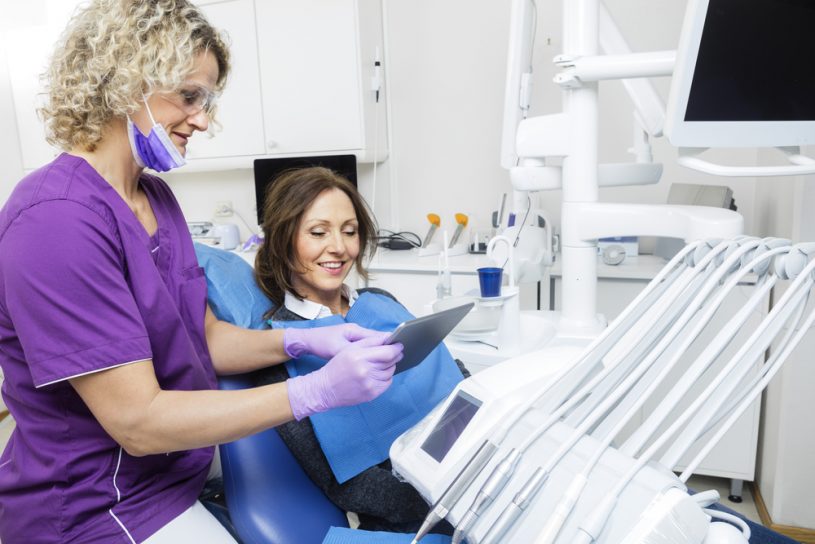The dental field offers many career options and opportunities at different levels of education and professionalism. It’s a field of study that has a broad range of professions which provide stability, flexibility, and career advancements. All occupations found in dentistry contribute to the overall dental health maintenance and oral care of patients. There are three categories in which you can place each profession in. What position would you want a career in?
Administrative Level
At this level, you’re not required to know or conduct clinical duties and responsibilities. Like most medical offices, they have administrative staff which takes over the clerical work of the dental practice. You’re not required to have an advanced educational background, although, we do recommend and encourage you to get some educational training or experience in dental clerical work.
When you work at the administrative level of dental practice, you can find a position which can be easily transferable to other medical administrative positions. What kind of jobs can you get? You can be a
- Receptionist
- Appointment Scheduler
- Billing Professional
- Claims Processor
- Account Manager
- Office Manager
In dental clinics as in other medical clinics and hospitals, you can expect to find an administrative staff where they handle all the paperwork and oversee the functions and management of each department to ensure there is order and that everything runs smoothly and efficiently.
Mid-Level Clinical
What do we mean by mid-level clinical? It just says the level of schooling is not that advance as you would need to be a dentist. Dental training and at least an associate or B.A. degree. Of course, the requirements of every state are different and might ask for licenses so keep that in mind.
Each of the positions listed in this category has different education levels but still falls under mid-level because you still need to have some form of specialized training or 2 to 4-year degree to conducted the responsibilities and duties of the position. You can be a
- Dental Laboratory Technicians
- Dental Assistants
- Dental Hygienist
Although dental technicians isn’t a clinical position, they work in a lab to manufacture dental prosthetics such as bridges and dentures to ensure dentists can provide patients with the care their patient needs. They may not work with patients, but they do play a role in the contributing to the dental health care of a patient.
Doctorate Level Clinical
If you want to become a specialized dentist, you will need extensive education to become one. In addition to dental school, you will probably be required to do 2 to 4 years of advanced education and training depending on the specialty you want.
Again like mid-level dental positions, positions in higher educational level require different educational training some longer than others. If you want to work directly with patients to help treat their minor or severe dental conditions, then this might be the route to go. You can work in various dental clinics or own your practice. At this clinical level, you can be a
- General Dentist
- Cosmetic Dentist
- Orthodontist
- Periodontist
- Oral Surgeon
All these positions whether you work directly with patients or are doing clerical work, they all contribute to the oral and dental health care maintenance patients need. Each position has its own set of challenges, roles, and educational and professional level to help you succeed in a dental career.
If you’re interested in working in at a dental administrative level or as a dental assistant, at The Core Foundation, you can get the training and experience you need to start working in the dental field. Learn more about the programs we offer and if you have any questions or want more information fill this form here.







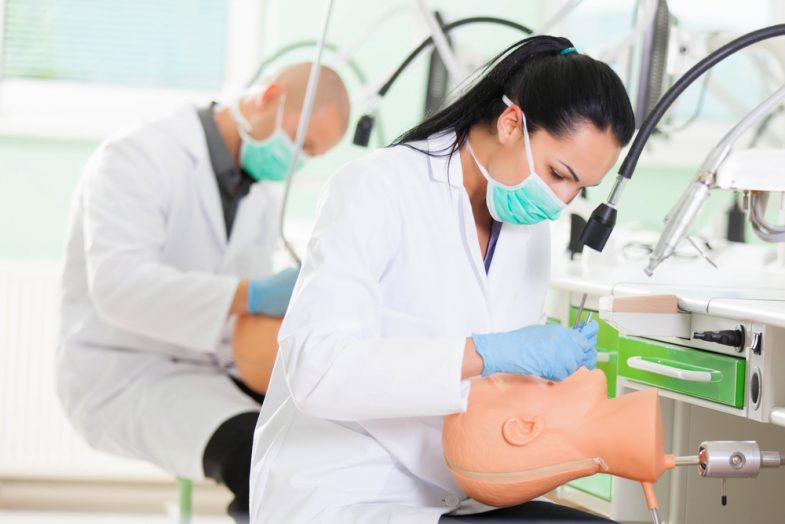
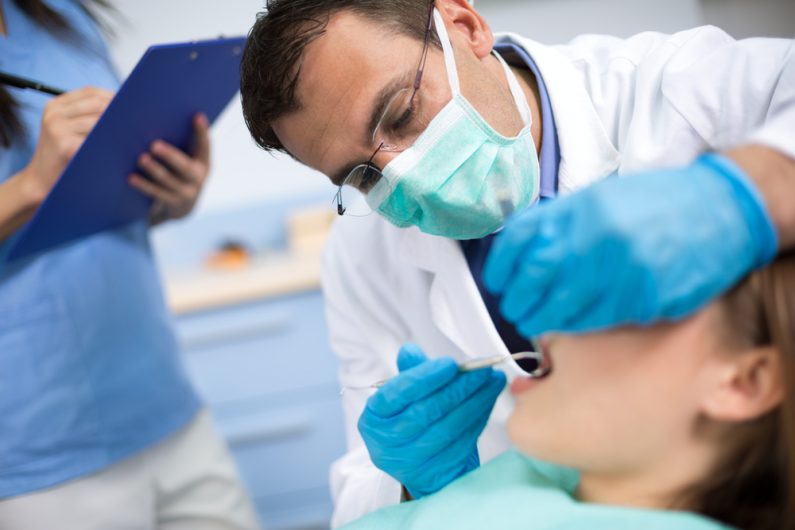




 offering that we can’t express. Ask patients to give you or your dental practice an online review. Let them know you are open to feedback and ways to help improve. It lets patients know they matter and that we care about what they have to say. It helps engage your staff and dental practice with your patients and prospective patients.
offering that we can’t express. Ask patients to give you or your dental practice an online review. Let them know you are open to feedback and ways to help improve. It lets patients know they matter and that we care about what they have to say. It helps engage your staff and dental practice with your patients and prospective patients. 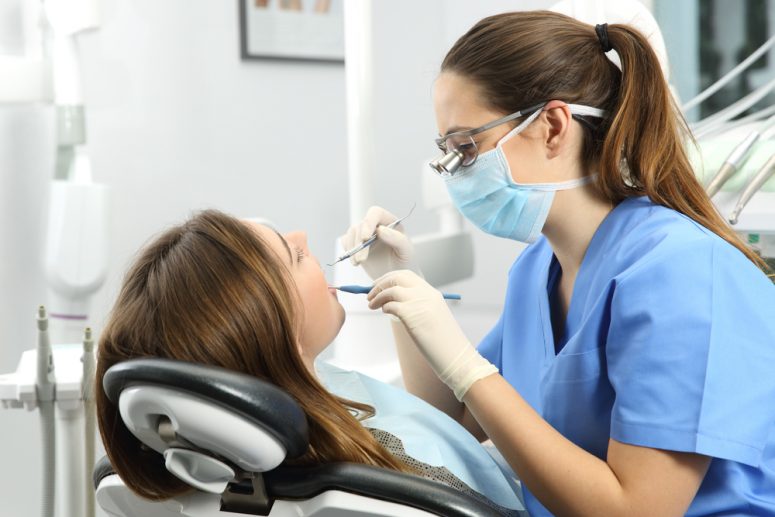
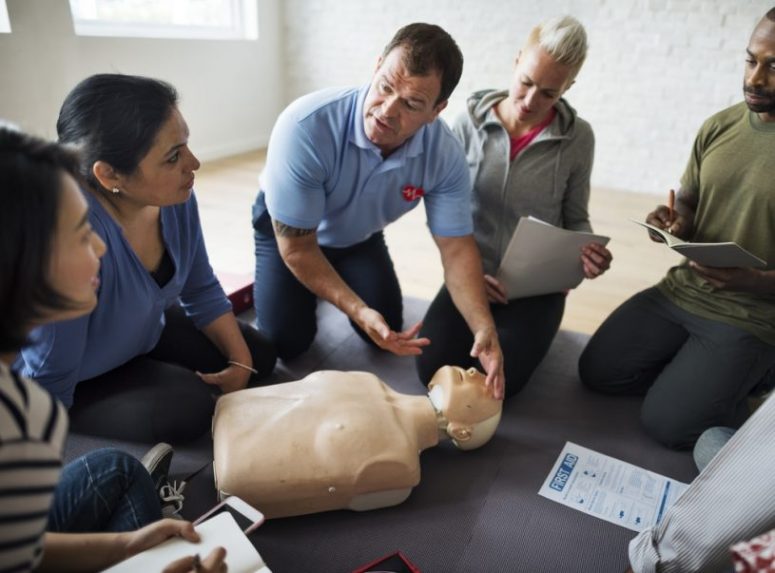
 X-Rays
X-Rays